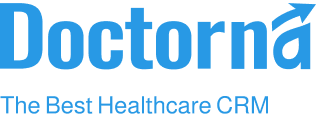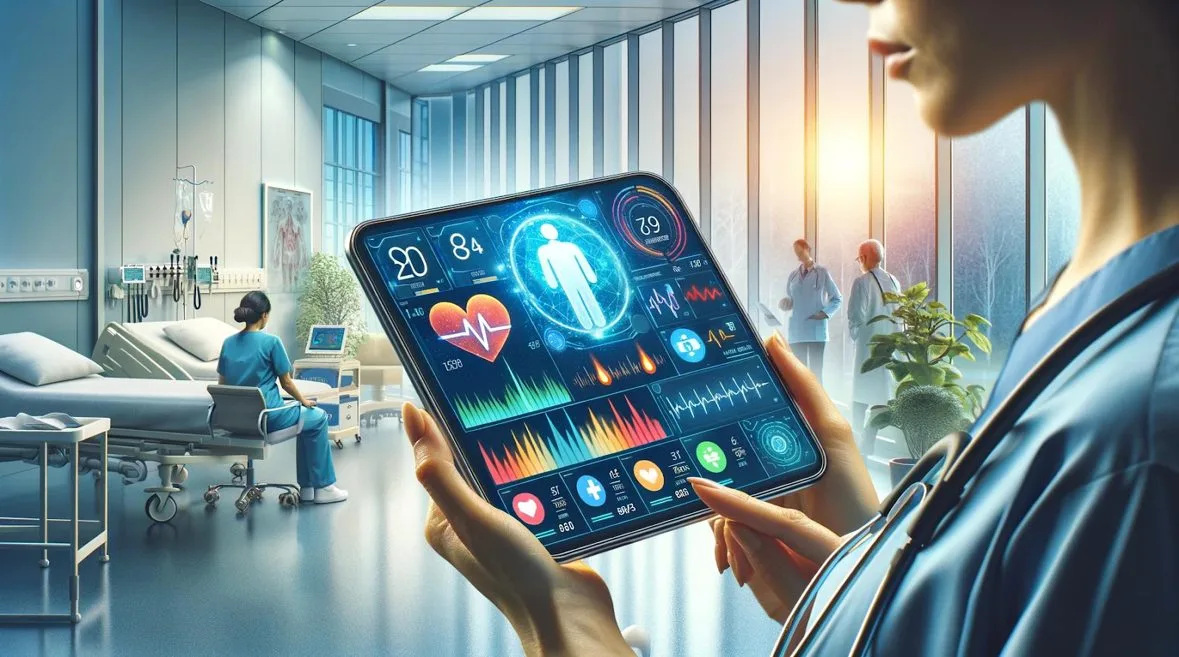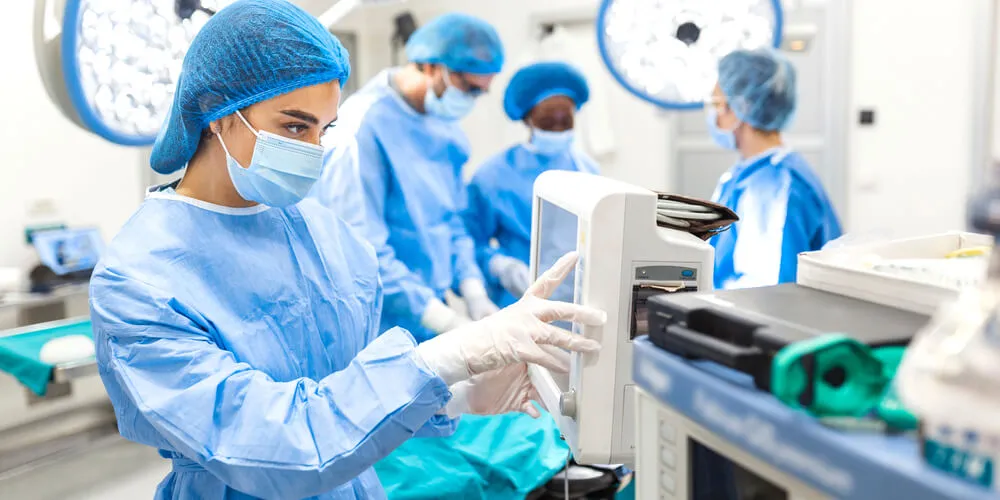The digital transformation of healthcare is reshaping how patients and providers interact. One of the most significant advancements in this evolution is Remote Health Monitoring (RHM) — the ability to track patient health outside traditional clinical settings through connected devices, mobile apps, and telehealth platforms.
As the popularity of remote healthcare grows, so does the need for intelligent systems that can manage vast amounts of patient data, maintain consistent communication, and ensure seamless coordination between care providers. This is where Customer Relationship Management (CRM) systems come into play.
A well-integrated Healthcare CRM acts as the backbone of remote health monitoring by consolidating patient data, automating workflows, and enabling timely, data-driven care decisions. Let’s explore how CRM systems are transforming remote health monitoring and improving patient outcomes.
Understanding Remote Health Monitoring
Remote Health Monitoring (RHM) refers to the use of digital technologies—such as wearable devices, mobile apps, and connected sensors—to collect health data from patients in real-time. This data includes vital signs like blood pressure, heart rate, glucose levels, oxygen saturation, and even activity patterns.
Clinicians can access this information through cloud-based systems, allowing them to monitor patients continuously and intervene promptly if any irregularities occur. RHM is especially beneficial for managing chronic diseases such as diabetes, hypertension, and cardiovascular conditions, where ongoing monitoring is essential for early detection and treatment adjustments.
However, the success of remote health monitoring relies heavily on efficient data management, communication, and analysis—areas where CRM systems excel.
What Is a Healthcare CRM?
A Healthcare CRM (Customer Relationship Management) system is a platform designed to manage relationships and communication between healthcare providers and patients. Unlike traditional CRMs used for sales or marketing, healthcare CRMs integrate clinical, administrative, and behavioral data to offer a 360-degree view of each patient.
When connected with remote health monitoring devices, a healthcare CRM becomes a centralized command center that tracks patient health metrics, schedules follow-ups, sends alerts, and helps care teams coordinate interventions—all in real-time.
How CRM Systems Support Remote Health Monitoring
1. Centralized Patient Data Integration
One of the biggest challenges in remote monitoring is managing data from multiple sources. Wearables, IoT medical devices, telehealth platforms, and EHR systems all generate large volumes of data. A CRM system consolidates this data into a single, unified dashboard.
For example, if a patient uses a smartwatch to monitor heart rate and a glucose meter for diabetes, the CRM can collect both data streams and display them together for physicians. This holistic view allows healthcare teams to make informed decisions based on a complete picture of the patient’s health.
2. Real-Time Alerts and Proactive Intervention
In remote healthcare, timely intervention can be life-saving. A CRM system integrated with monitoring devices can automatically trigger real-time alerts when critical thresholds are crossed.
For instance, if a patient’s blood pressure spikes or oxygen saturation drops, the CRM can instantly notify the healthcare provider via text, email, or app notification. Automated alerts ensure that no warning signs go unnoticed and allow for immediate action, whether it’s a teleconsultation, medication adjustment, or hospital referral.
This proactive approach not only improves patient safety but also reduces emergency hospital visits and readmissions.
3. Personalized Patient Engagement
A CRM system enhances remote care by maintaining consistent, personalized communication with patients. Through automation, the CRM can send:
- Medication reminders
- Health tips based on the patient’s condition
- Appointment or follow-up notifications
- Alerts for missing device data or irregular readings
These automated yet personalized interactions keep patients engaged in their own care and encourage self-management. By promoting adherence to treatment plans, CRM-powered engagement tools help improve long-term health outcomes.
4. Seamless Coordination Among Care Teams
Remote health monitoring involves multiple stakeholders—doctors, nurses, lab technicians, and administrative staff. A CRM provides a collaborative platform that connects these departments and ensures they have access to the same real-time data.
For example, when a patient’s glucose readings trend upward, the CRM can automatically assign tasks:
- Notify the endocrinologist for review
- Alert the nurse to schedule a teleconsultation
- Update the administrative team to follow up with the patient
This level of coordination ensures that care is continuous, consistent, and well-organized, even when the patient is far from the hospital.
5. Data Analytics and Predictive Insights
Modern healthcare CRMs are equipped with data analytics and AI capabilities. By analyzing data collected from remote devices, CRMs can identify health trends, detect early signs of deterioration, and predict future risks.
For example, predictive analytics can flag patients at risk of heart failure or diabetic complications based on continuous data patterns. Clinicians can then intervene before symptoms worsen, shifting care from reactive to preventive.
This data-driven insight not only enhances clinical decision-making but also improves the efficiency of healthcare delivery.
6. Integration with Telehealth Platforms
Healthcare CRMs often integrate seamlessly with telehealth systems, making remote consultations more effective. When a patient schedules a telehealth session, the CRM provides the clinician with the latest health data collected from remote monitoring devices.
This integration ensures that doctors have up-to-date information before each consultation, leading to more personalized and accurate care recommendations. After the consultation, notes and updates can automatically sync back into the CRM, maintaining a complete patient record.
7. Regulatory Compliance and Data Security
Handling sensitive health data remotely raises valid concerns about privacy and security. Healthcare CRMs are built with robust data protection measures that comply with regulations like HIPAA (Health Insurance Portability and Accountability Act).
Encrypted data transmission, access control, and audit trails ensure that patient information is protected while still being accessible to authorized healthcare professionals. This compliance not only safeguards patient trust but also protects healthcare providers from regulatory risks.
Benefits of CRM-Enabled Remote Health Monitoring

Integrating CRM with remote health monitoring offers numerous benefits for both healthcare providers and patients:
- Improved Patient Outcomes: Continuous monitoring allows for early detection and timely intervention.
- Enhanced Patient Engagement: Automated reminders and communication strengthen patient participation in care.
- Operational Efficiency: Centralized data reduces administrative work and streamlines workflows.
- Cost Reduction: Preventive care minimizes hospital admissions and emergency visits.
- Increased Provider Collaboration: Real-time data sharing ensures unified, team-based care delivery.
By merging CRM technology with remote health solutions, healthcare organizations can deliver proactive, personalized, and efficient care—a true win-win for both patients and providers.
Final Thoughts
Remote health monitoring is redefining how healthcare is delivered, moving care beyond hospitals and into patients’ homes. But without the right infrastructure to manage data and communication, remote care can become fragmented and inefficient.
A Healthcare CRM bridges this gap by connecting people, devices, and data on a single platform. It empowers healthcare teams to track patient progress, respond proactively to health changes, and deliver continuous, personalized care—anytime, anywhere.
As digital healthcare continues to evolve, the synergy between CRM systems and remote health monitoring will play a pivotal role in creating a smarter, more connected, and patient-centered future.







